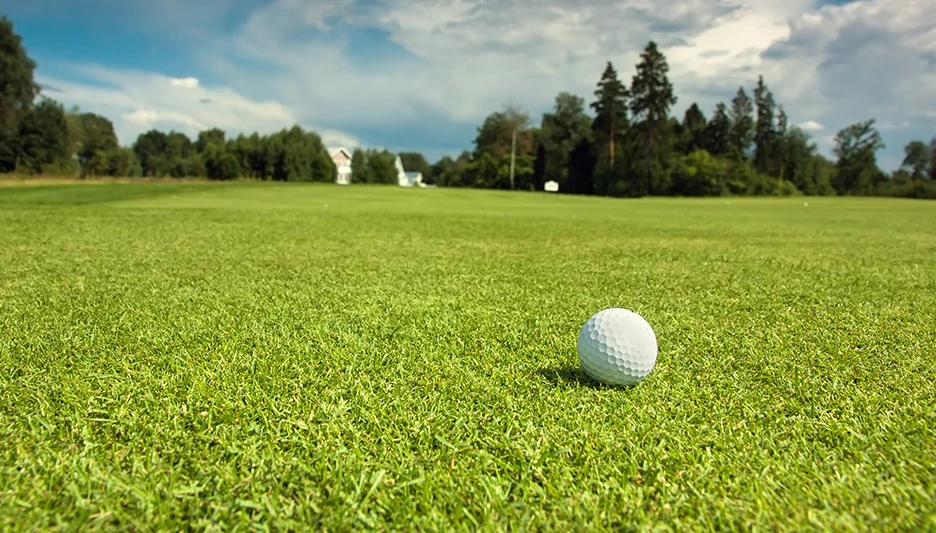
Adobe Stock
The methods and frequency of pest management practices on golf courses in the U.S. vary greatly around the country in comparison to 2007, according to recently released survey data by the GCSAA. The 2021 survey, A Continued Investigation into Pest Management Practices on U.S. Golf Courses, was conducted by the GCSAA and funded in part by the USGA through the GCSAA Foundation.
The number of golf facilities engaging in the pest management practices listed in the survey remains high; 13 of the 17 practices included in the study were used by more than 50 percent of the courses. High use of various pest management practices reflects efforts by the golf industry to reduce the use of pesticides as the sole treatment for turfgrass pests. Some individual practices saw increased use while some saw decreased use. Pesticide use is influenced by pest pressure, climate and other environmental factors.
The most frequently used pest management practices according to the report included monitoring the weather, scouting, employing pesticide resistance management strategies, improving turfgrass health, implementing cultural practices and spot treatment of damage.
The survey results from more than 1,400 golf course superintendents were collected and independently analyzed by scientists Dr. Travis Shaddox of Bluegrass Art and Science LLC., and Dr. J. Bryan Unruh of the University of Florida, and the National Golf Foundation, which published the findings for peer review before making the information public.
The percentage of golf courses that have written pest management plans generally remained unchanged from 2007 to 2021. GCSAA provides facilities the tools to develop customized written plans as a way of producing high-quality playing surfaces while protecting the environment.
“Environmental stewardship is vital to the future of the golf industry, and GCSAA continues to offer tools and resources to assist facilities in employing environmental best management practices, such as our BMP Facility Tool and Integrated Pest Management tools available on gcsaa.org,” GCSAA Rhett Evans said. “The purpose of the Golf Course Environmental Profile is to provide data that not only shows how practices have improved but also where continued improvement is needed. We encourage all facilities to incorporate best management practices into their daily operations.”
As part of the third series of its Golf Course Environmental Profile program, GCSAA has published three national surveys to date related to golf course management, with the other two covering water use and management and nutrient use and management. A fourth survey covering land-use and energy practices on golf courses is due out later this year. The USGA has provided ongoing funding for and collaboration on the multi-year program with the GCSAA, as part of a joint effort to advance science and data-based decision-making in golf course management.Latest from Golf Course Industry
- From the publisher’s pen: Conscientious of a bigger role
- Bernhard and Company partners with Laguna Golf Phuket
- Terre Blanche showcases environmental stewardship
- VIDEO: Introducing our December issue
- Bernhard and Company introduces Soil Scout
- Nu-Pipe donates to GCSAA Foundation’s Centennial Campaign
- GCSAA enhances golf course BMP tool
- Melrose leadership programs sending 18 to 2026 GCSAA Conference and Trade Show





